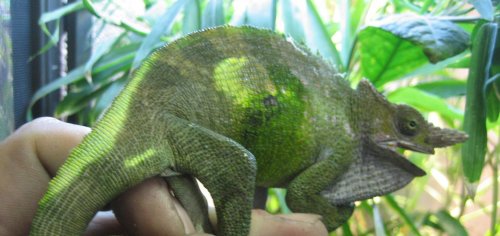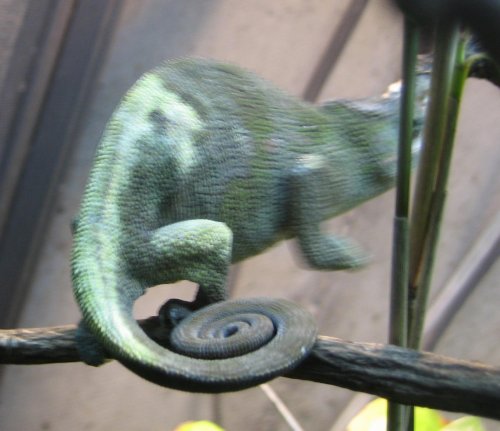Mike Fisher
Established Member
The past three days all of my kinyongias have turned blotchy colored in exactly the same areas. I've never seen anything like it. They are acting normally, but this really has me concerned. I've attached photos of two different animals, one male and the other one female, both darker than usual, but with a few light green patches in the same area on the body. Very strange.
Their sleeping color is normal.
Anybody else ever see anything like this?
Their sleeping color is normal.
Anybody else ever see anything like this?








